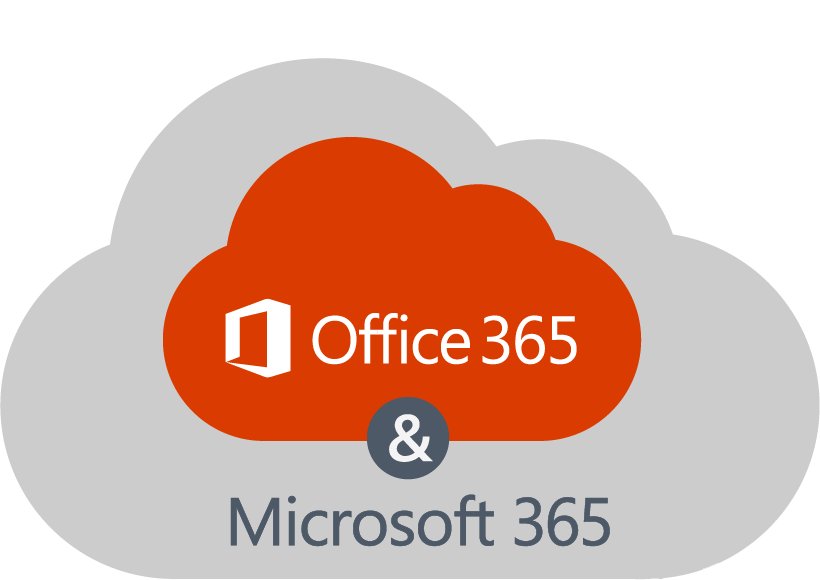 QA is proud to be a member of the LLPA, who've been recognised as Learning 2020 Microsoft Partner of the Year
QA is proud to be a member of the LLPA, who've been recognised as Learning 2020 Microsoft Partner of the Year
Microsoft 365 or Office 365?

What is Office 365?
Office 365 is a cloud-based subscription service of productivity and collaboration tools, including the Microsoft Office software suite, as well as cloud-based software-as-a-service (SaaS) products for business environments such as Exchange Online, SharePoint Online, Teams and more.
Find QA's Microsoft Office 365 courses here.
What is Microsoft 365?
Microsoft 365 is a fully integrated subscription service comprising the Office 365 suite, Windows 10/11 Enterprise, and Enterprise Mobility and Security (EMS). Depending on your plan, it could also include Intune device management, analytics and some Azure Active Directory capabilities.
Why do Microsoft 365 training with QA?
QA is the only training provider to have a complete end-to-end business application as well as a technical curriculum of courses.
We offer the Microsoft Official Curriculum (MOC), which is exam- and certification-focused, as well as our detailed QA-authored "Mastering" curriculum, which teaches real-world knowledge, is continually reviewed and updated, and includes hands-on labs. We also offer an extensive range of Office 365 End-User courses to help enable end-user adoption in your organisation.
QA's highly experienced subject matter experts (SMEs) can also design bespoke learning events to cover any subject desired to meet your organisation's specific needs.
QA Microsoft 365 brochures
No Content Selected
Office 365 Benefits

Anywhere, any time access
Users can access Office 365/Microsoft 365 functionality anywhere there is an internet connection.

Collaboration
With internal and external users through tools like Sharepoint Online, Microsoft Teams, Exchange Online, Yammer and more.

Productivity
Tools and features to improve your business’s productivity.

Security
Industry-grade security for users and data.

Reliability
Office 365/Microsoft 365 are guaranteed to be available 99.9% time.

Easier subscription model
You only pay for what is needed.

Automatic upgrades
Companies get the latest technology as part of the subscription.
Microsoft 365 end-user courses
Want to get the most out of the Microsoft Office apps? Get expert training today!
General and Introductory courses
Power Apps and Power Automate
SharePoint
Windows 10
Microsoft 365 technical courses
An IT professional or ready to upskill? Enrol in these technical courses, from those focusing on the essentials to more advanced ones to help you master the technology.
 |
= |
|
 |
= |
QA Authored courses
In addition to all the MOC, we have an entire Microsoft 365 Technical Mastering curriculum of unique QA Authored courses not available anywhere else, focusing on mastering the technology.
- Real-world: Suitable for those who want to know the products in more detail from a real-world perspective.
- Additional areas: We offer technical training on all core Microsoft 365 products – plus areas not covered in MOC, such as Sharepoint Online, Intune, Power Apps, Power Automate, Windows 365, Microsoft 365 Adoption and Governance.
- Up to date: QA’s courses are generally reviewed and updated every 8 weeks at a minimum (much more frequently than MOC) to reflect the latest changes in Microsoft 365 and Office 365, and instructors will have the most up-to-date information for learners.
- Detailed: QA-authored courses offer much more detail in both content and hands-on labs, during class and continued after the course ends.
- Hands on Labs: QA-authored courses have detailed hands on labs which include a free 30-day Microsoft 365 Tenancy.
- These course codes all start with QA.
Will the QA Authored courses be enough for you to pass the exam?
No, our courses are written for learners who want real-world knowledge on the latest technologies, and will provide information that is not in the exam.
Adoption, Security and Governance
Development
Exchange
Intune
Power Apps and Power Automate
Microsoft Official Courses (MOC)
The MOC curriculum is primarily focused on certification exams, and QA offers the full range of MOC courses and certificates. These courses do not necessarily focus on delivering detailed real-world information, including best practice and “gotchas”.
Will the Microsoft Official Courses guarantee you a pass in the exam?
No, Microsoft intentionally put questions in the exam that are not in the course as they expect delegates to have hands-on experience and do further self-study after the event.
Fundamentals and Administration
Management and Security
Windows and Modern Desktops
Bespoke learning
QA can run bespoke events covering any subject or topic you desire. Our technical instructors are subject matter experts and can deliver to any audience in any format:
- Detailed hands-on technical learning
- End-user training in our broad curriculum
- Executive level overviews
- Art of Possible Events
- Technical briefings
- Workshops
- Bespoke events
- Soft skills: QA can train on best practice for migrations, adoption, governance, and digital transformation in Microsoft 365
Contact us for more information
Call us on 01753 898 765 or fill in the form below:

 = Required
= Required
 = Certification
= Certification

